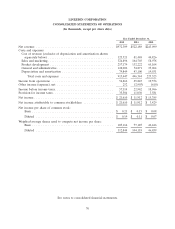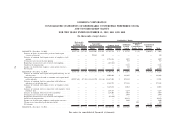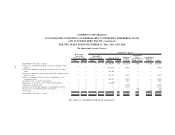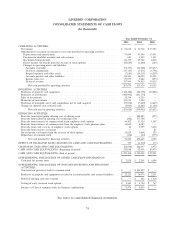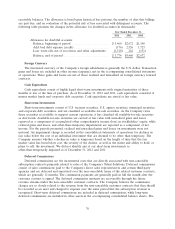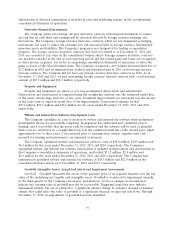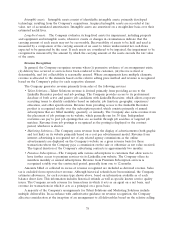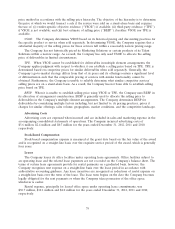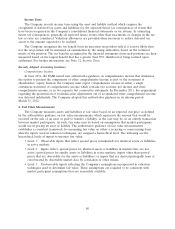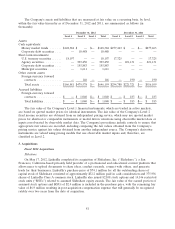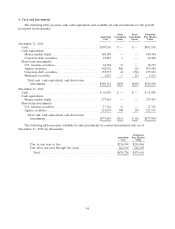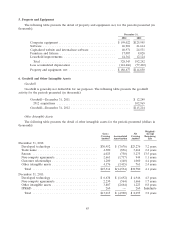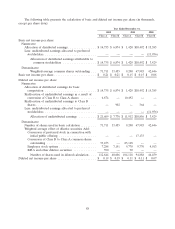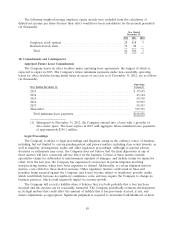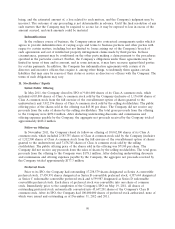LinkedIn 2012 Annual Report Download - page 82
Download and view the complete annual report
Please find page 82 of the 2012 LinkedIn annual report below. You can navigate through the pages in the report by either clicking on the pages listed below, or by using the keyword search tool below to find specific information within the annual report.Income Taxes
The Company records income taxes using the asset and liability method which requires the
recognition of deferred tax assets and liabilities for the expected future tax consequences of events that
have been recognized in the Company’s consolidated financial statements or tax returns. In estimating
future tax consequences, generally all expected future events other than enactments or changes in the tax
law or rates are considered. Valuation allowances are provided when necessary to reduce deferred tax
assets to the amount expected to be realized.
The Company recognizes the tax benefit from an uncertain tax position only if it is more likely than
not the tax position will be sustained on examination by the taxing authorities, based on the technical
merits of the position. The tax benefits recognized in the financial statements from such positions are then
measured based on the largest benefit that has a greater than 50% likelihood of being realized upon
settlement. For further information, see Note 12, Income Taxes.
Recently Adopted Accounting Guidance
Comprehensive Income
In June 2011, the FASB issued new authoritative guidance on comprehensive income that eliminates
the option to present the components of other comprehensive income as part of the statement of
shareholders’ equity. Instead, the Company must report comprehensive income in either a single
continuous statement of comprehensive income which contains two sections, net income and other
comprehensive income, or in two separate but consecutive statements. In December 2011, the requirement
regarding the presentation of reclassification adjustments out of accumulated other comprehensive income
was deferred indefinitely. The Company adopted this authoritative guidance in its interim period
March 31, 2012.
2. Fair Value Measurements
The Company measures assets and liabilities at fair value based on an expected exit price as defined
by the authoritative guidance on fair value measurements, which represents the amount that would be
received on the sale of an asset or paid to transfer a liability, as the case may be, in an orderly transaction
between market participants. As such, fair value may be based on assumptions that market participants
would use in pricing an asset or liability. The authoritative guidance on fair value measurements
establishes a consistent framework for measuring fair value on either a recurring or nonrecurring basis
whereby inputs, used in valuation techniques, are assigned a hierarchical level. The following are the
hierarchical levels of inputs to measure fair value:
• Level 1: Observable inputs that reflect quoted prices (unadjusted) for identical assets or liabilities
in active markets.
• Level 2: Inputs reflect: quoted prices for identical assets or liabilities in markets that are not
active; quoted prices for similar assets or liabilities in active markets; inputs other than quoted
prices that are observable for the assets or liabilities; or inputs that are derived principally from or
corroborated by observable market data by correlation or other means.
• Level 3: Unobservable inputs reflecting the Company’s assumptions incorporated in valuation
techniques used to determine fair value. These assumptions are required to be consistent with
market participant assumptions that are reasonably available.
80


